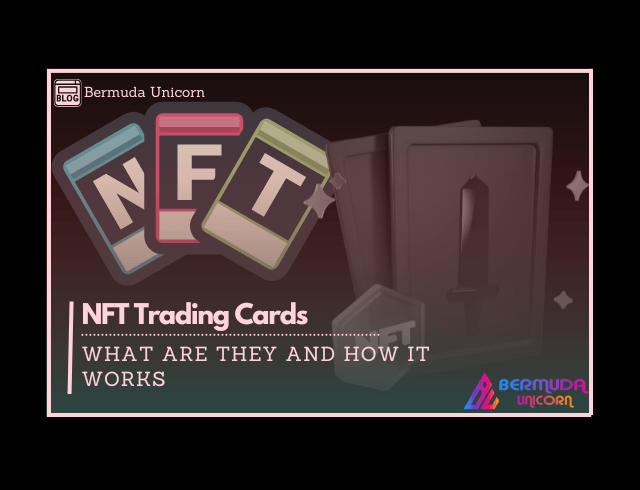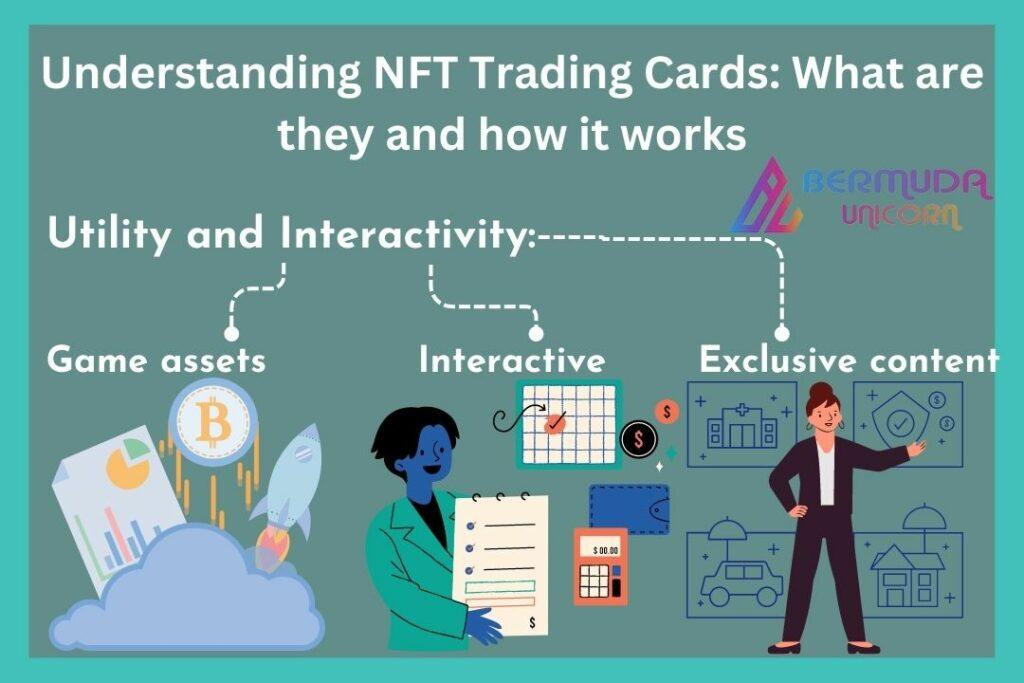

Introduction
Recently, the world of digital assets was introduced to blockchain technology through narratives of Non-Fungible Tokens (NFTs). Among the various possibilities of NFT use, NFT Trading Cards are some of the most interesting and famous. These digital nft collectibles have interested artists, gamers, and collectors, changing how people use and perceive digital assets. Let us introduce you to Novillion Trade Cards which will be discussed in this article This article will overview what NFT Trading Cards are and how they work in the online environment.
What are Trading cards?
Now, introducing NFT trading cards – which may seem like normal trading cards that people collect but with a twist; these are on blockchains. There is therefore available of different types of cards including sports cards, fantasy game cards, or series of cards with artwork, characters, or themes among others. NFT trading cards are dissimilar from real-world cards in that they are Digital assets that are completely Virtual, distinct, and sellable. All of them are represented as Non-Fungible Tokens (NFT), which serve as a means to ensure that each virtual card is unique and cannot be confused with any other.
How do NFT Trading Cards Work?
Creation and Minting:
NFT trading cards can be described starting from NFT creation and minting. Illustrators or content developers create these cards and sell them on blockchains that employ the norms of NFTs like ERC-721 or ERC-1155 on Ethereum. The process of minting turns the digital artwork or design into an NFT where a digital signature will be etched into each card. This transformation makes every single NFT trading card unique and an indivisible digital asset that can be traced on the blockchain. Minting also helps creators set key characteristics, including rarity levels or additional factors that add to the card’s value.
Rarity and Scarcity:

Like conventional trading cards, NFT trading cards exist as normal, spray, foil, ultra-rare, and short-printed cards. There are also normal and universal types of products, while others are exclusive and are usually produced in a small quality to make them rare. Two of the most important factors that relate to card value are scarcity and practically its real value. Fans are most interested in such aspects of cards as their limited circulation, different versions, or possessing specific characteristics to feel a desire, which is generated by Warner Bros’ competition between people. This scarcity element reflects on features of established collectible markets but employs the efficiency and security provided in a blockchain.
Ownership and Transfer:
After trading cards are minted, ownership is recorded on the blockchain making it transparent, secure, and difficult for anyone to alter. These cards can be owned personally by the creators or can be sold, auctioned, or traded on the NFT marketplaces. Ownership history of each card is recorded on the blockchain therefore, anyone has the history or past owners of any given card. This feature can help collectors believe in each other, and avoid fraud or counterfeit attempts. Also, the ownership of cards is easily transferable; you just need a digital wallet and the blockchain transaction, and no issues related to logistics about physical trading cards.
Utility and Interactivity:
NFT trading cards are not only pieces of art, they might also be static but can have extra use, which is good. In blockchain-based or other games or virtual worlds, these cards can represent the objects in those games where they may possess special abilities, powers, or privileges or afford tickets to view special content. For instance, owning an NFT trading card seems to get your hands on a limited edition weapon in the game or gain special access to VIP virtual events. This interactivity makes NFT trading cards not a static and boring item, but an assets that is of great value for both – players and collectors. The type of functionality lay somewhere between the gaming and art worlds while creating a secondary market and collectibility for digital art.

Proof of Authenticity:
Another major benefit of NFTs trading cards is the possibility to prove their authenticity unconditionally. Every card contains information about its background, ownership history, and features within a built-in metadata computer. Such data is stored on the blockchain, which means that any card is original and cannot be forged or replicated. Owners of such products can quickly refer to this type of information that underlines the worth and singularity of purchased items. This level of transparency is almost unprecedented in the collectible world, so verifiably confirming the authenticity of physically tangible items is typically a complex task.
Marketplace and Value:
Collectible NFT Trading cards are indefinitely tradable and can be bought, sold, or auctioned at other NFT platforms. The value depends on the rarity of finding the card, demand from players, and historically, therefore, fixed but great prices for the cards. Both collectors and investors base their anticipations of the market’s future behaviour, on the desire to find a perfect opportunity and make the best choice.
Cultural Impact:
NFT Trading cards have gone further than the digital universe to become a culture in Popular culture. They have therefore transformed into the identity of the technology, art, and ownership which is emerging daily. Celebrities, Musicians, and artists have taken to NFTS which generates exclusive content deemed to be the providers of NFT Digital collectibles.
Conclusion :
The trading cards in the NFT market have introduced a revolution in the digital platform, which has both art and value with ownership. This digital enables the creators to monetize the digital art in the work, collectors to own such exclusive pieces, and also the gamers to improve their experiences. This is because as the technology behind the blockchain and the NFT Ecosystems, the future of NFT Trading cards is bright and can revolutionize how we look and experience augmented and virtual art, artists, gamers, and games as well as collectibles.
Specifically, possessing and trading personalized Digital Trading Cards, as well as the possibility of recording proofs of popularity and ownership through the use of blockchain technologies, have made NFT Trading Cards a lucrative business. For artists – here is your chance to bring your pieces on NFT Trading Cards to create a new Art Revolution; for collectors – here is your chance to possess valuable artistic masterpieces in one click; and for the gamers – here is your chance to enrich the gameplay with stunning NFT Trading Cards.
NFT Trading Cards can be described as tokens that are block-based digital assets that are archived in blockchain technologies. Unlike conventional trading cards, they are purely digital and implemented as NFT which means each card is genuinely exceptional, clearly authentic, and exchangeable.
The quantity of value in NFT Trading Cards as collectibles has to do with features such as scarcity, consumer demand, and functionality. Products featuring specific card designs and editions tended to be more costly. Also, the circumstance of using them in games or unlocking certain content raises the asset’s desirability.
Well, yes they can be bought, sold, or auctioned in the NFT market but these are collectibles. Flux transfers involve ownership changes that are archived in the blockchain to ensure that they are trustworthy and transparent. Purchases are made using a digital purse and the acquisition model does not have logistical issues, that are connected with ordinary plastic cards.
NFT Trading Cards are built on the blockchain to ensure that the ownership and ownership transactions of the cards are secure and easy to trace. It guarantees originality and non-counterfeiting and makes the transfer of items from one owner to the other.
Absolutely. But they can also be used within a game as currency, keys to accessing costumes or items and skins in a game, or to grant special abilities and benefits – consummation of gaming and ownership.
Yes, NFT Trading Cards have thus risen to fit the role of merging technology, creativity, and owning. NFTs are popular in today’s culture; its enthusiastic adopters include celebrities and artists as well as game enthusiasts.